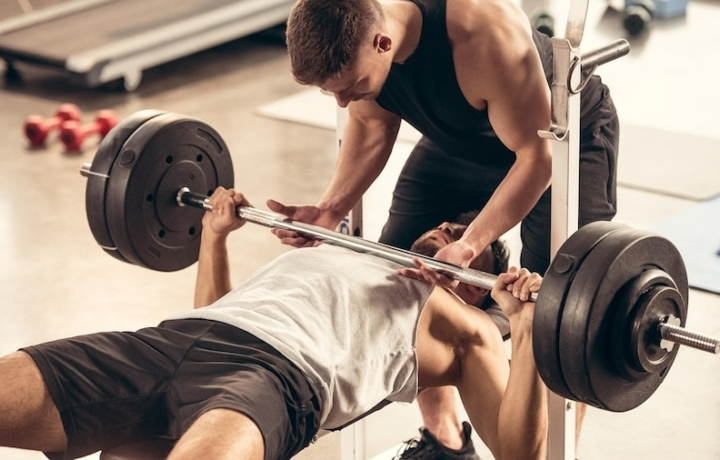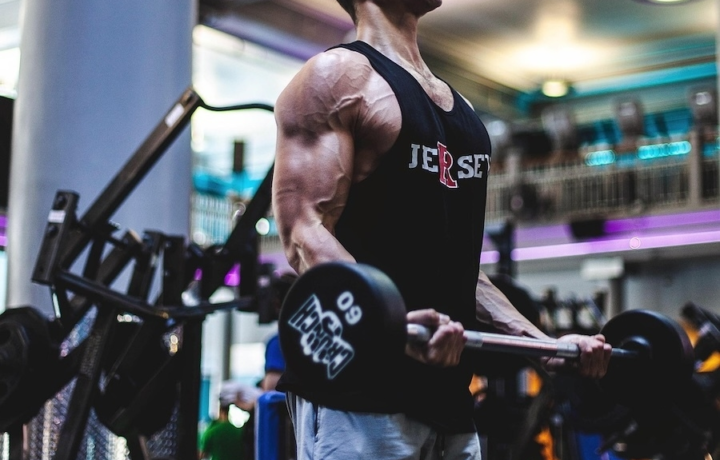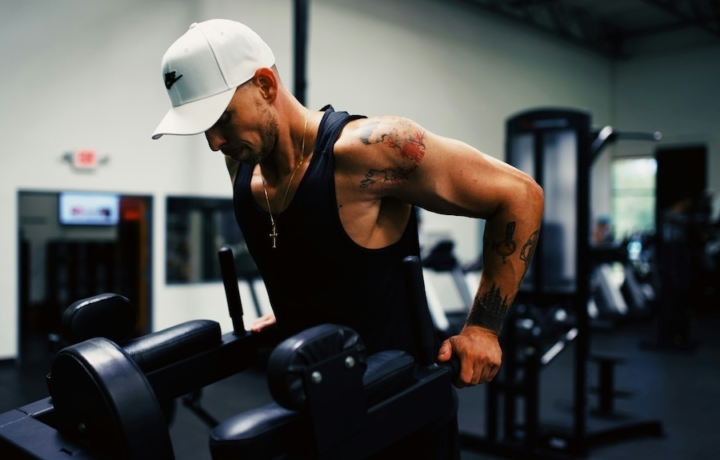Exercise
PVC Figure 8

PVC Figure 8
How to Perform
- Stand with your feet shoulder-width apart and hold a PVC pipe at its center with both hands in front of your body, keeping your back straight and core engaged.
- Extend your arms forward at chest height with a slight bend in your elbows, maintaining a firm but not overly tight grip on the pipe.
- Begin the movement by rotating the pipe in a figure-8 pattern, starting by moving your hands to the right and down while keeping your shoulders relaxed and breathing normally.
- Continue the pattern by bringing the pipe across your body toward your left hip, maintaining control of the pipe and keeping your core tight throughout the movement.
- Sweep the pipe upward on the left side, bringing it to shoulder height while maintaining the fluid figure-8 motion and exhaling steadily.
- Complete the figure-8 by moving the pipe across your upper body from left to right, keeping your wrists loose but controlled.
- Continue the pattern by bringing the pipe back down on the right side, inhaling as you reset for the next repetition.
- Perform the exercise at a controlled pace, focusing on fluid movement rather than speed, and maintain proper posture throughout the entire sequence.
Important information
- Keep your core engaged throughout the entire movement to protect your lower back and maintain stability.
- Allow your wrists to remain loose enough to create fluid movement, but controlled enough to guide the pipe accurately.
- Start with slower movements to master the figure-8 pattern before increasing your speed.
- If you feel strain in your shoulders or back, reduce the size of your figure-8 pattern until you build more mobility.

PVC Figure 8
Exercise Details
Primary Muscles
Muscle Groups
Mechanic
Risk Areas
Built for progress
Take the guesswork out of training
Create personalized AI-powered workout plans that evolve with you. Train smarter, track every rep and keep moving forward, one workout at a time.






The PVC Figure 8 exercise offers a dynamic blend of core engagement and shoulder activation that's ideal for elevating your fitness routine to the next level. This intermediate movement simultaneously targets your abs and front deltoids, creating a comprehensive upper-body and core challenge that delivers multiple benefits in one fluid motion.
Popular in HIIT, CrossFit, and warm-up routines, the Figure 8 pattern creates constant tension through your midsection while maintaining consistent movement through your shoulders. The continuous motion elevates your heart rate, making it an excellent addition to cardio-focused training days when you want to maximize calorie burn while building functional strength.
What makes the PVC Figure 8 particularly effective is how it forces your core to stabilize against rotational forces while your shoulders work through various planes of motion. This translates directly to improved performance in everyday activities and athletic movements that require rotational power and stability. The lightweight PVC pipe adds just enough resistance to challenge your muscles without overwhelming them.
The exercise serves as both a core strengthener and a cardiovascular enhancer, allowing you to improve your endurance and muscular definition simultaneously. Many fitness enthusiasts appreciate how the Figure 8 movement pattern trains the often-neglected oblique muscles while also engaging the rectus abdominis (six-pack muscles) and transverse abdominis (deep core).
For those looking to diversify their training regimen, the PVC Figure 8 serves as an excellent metabolic conditioning tool that fits seamlessly into circuit training. Its versatility makes it appropriate for various fitness levels, though intermediates will find it particularly beneficial for developing the core control and shoulder endurance needed for more advanced movements. As your technique improves, you'll notice enhanced coordination between your upper and lower body, contributing to better overall athletic performance.
FAQ - PVC Figure 8
The PVC Figure 8 primarily engages your core muscles, particularly the obliques and rectus abdominis, while simultaneously activating your front deltoids and shoulder stabilizers. Your transverse abdominis (deep core) also works continuously to maintain stability throughout the rotational movement pattern.
For an easier version, slow down the movement pattern and decrease the range of motion until you build more control. To increase difficulty, speed up the tempo, use a slightly weighted bar instead of PVC, or perform the exercise in a half-kneeling or standing position to challenge your balance and core stability further.
The most common mistakes include using only your arms instead of engaging your core, hunching your shoulders toward your ears, and moving too quickly with poor control. Focus on initiating the movement from your midsection while maintaining a neutral spine and keeping your shoulders relaxed and down away from your ears.
Incorporate the PVC Figure 8 into your routine 2-3 times per week, either as part of a warm-up sequence or within your core-focused training days. As it's a moderate-intensity exercise that combines core strengthening with shoulder mobility, it complements both strength and conditioning workouts without causing excessive fatigue.
Those with existing lower back issues should approach this exercise with caution and possibly consult a physical therapist first. If cleared to perform it, focus on engaging your core throughout the movement, maintain a neutral spine position, and start with smaller, controlled movements before progressing to the full range of motion.









